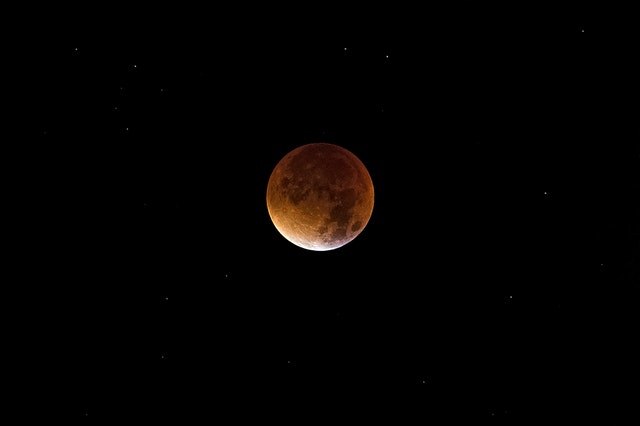If Planet Nine Really Exists It May Be In A Different Place Than Imagined
The solar system is formed by the Sun and over 1,700 smaller celestial bodies, including comets, asteroids and the planets with their satellites. A few centuries ago, people thought they had more than eight planets. And wrongly, they classified asteroids as planets. But some of those predictions turned out to be true. And it is still believed that some of these planets may exist.
As is the case with one, in particular, which was very real to astronomers. The Planet Nine would have the same size as Uranus or Neptune and a mass 10 times greater than Earth ‘s . It would also be 20 times farther from the sun than Neptune. And it would take between 10,000 and 20,000 years to complete an orbit on the sun.
 |
 |
If this planet really exists, it may not be where it was thought it would be. According to astronomers looking for this planet , new information has been taken into account and this could mean that its orbit is significantly more elliptical than predicted.
Planet Nine
Planet Nine made a grand entrance in 2016 when Caltech astronomers Konstantin Batygin and Michael Brown published an article about it. In the article astronomers talked about this as-yet-undiscovered planet in the outer reaches of the solar system. According to them, the evidence for this lay in other objects far beyond Neptune’s orbit.
These objects are called Extreme Transneptunian Objects (ETNOs) and have huge elliptical orbits. That’s why they never cross closer to the sun than the orbit of Neptune.
Batygin and Brown found that these orbits have the same angle at parielium, which is the point where their orbit is closest to the sun. So they ran several simulations and found that the gravitational influence of a large planet could group the orbits in this way.
Hypothesis
However, since this article by the astronomers was discarded the whole theory has become quite controversial. Several astronomers think the existence of Planet Nine is unlikely. But so far there is no firm evidence that yes or no.
The only way to reach a conclusion is to find this planet. And an update by Batygin and Brown could help astronomers do that.
In 2016, the initial detection of Planet Nine was based on just six ETNOs. In 2019, astronomers reviewed the available information and came to the conclusion that they had some things that were a little wrong.
According to the review, the planet’s mass was only five times Earth’s mass, as opposed to the 10 they had initially calculated. Besides, his eccentricity was also less.
“However, the question we asked ourselves during the height of the pandemic is different: are essential physics missing from our simulations? Through our ongoing and unremitting investigation of the model, we have found that the answer to this question is ‘yes,’” the researchers wrote.
To search for
“Due to the long-term gravitational pull of Planet Nine’s orbit, the inner objects of the Oort Cloud evolve on timescales of billions of years, being slowly reinjected into the outer solar system. So what about them? We simulated this process, taking into account perturbations from the canonical giant planets, Planet Nine, passing stars, as well as the galactic tide, and found that these reinjected inner Oort Cloud objects can readily mix with the census of objects far from the belt. of Kuiper and even exhibit orbital clustering,” the researchers explained.
All of this suggests that a more eccentric orbit for Planet Nine would better explain the data than the orbit the 2019 researchers found. And since this hypothetical planet is so far away and so dark, the chances of identifying it are pretty low. But this information can be used to refine the models and prevent it from being searched for in places where it might not be.
…